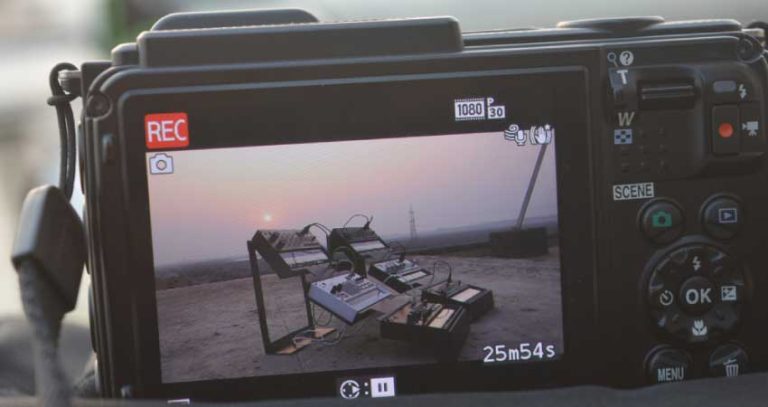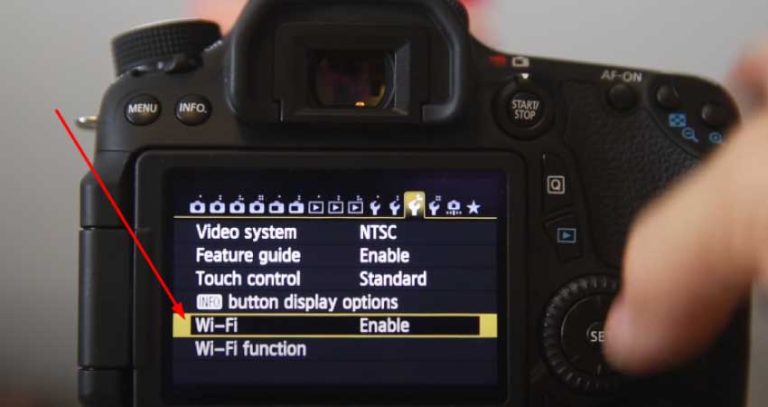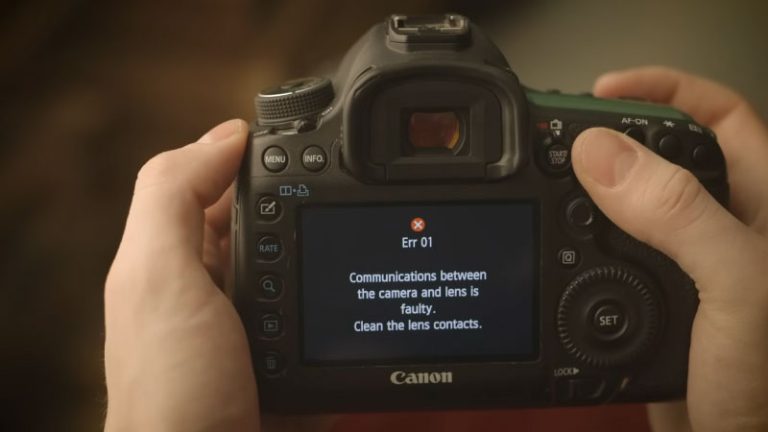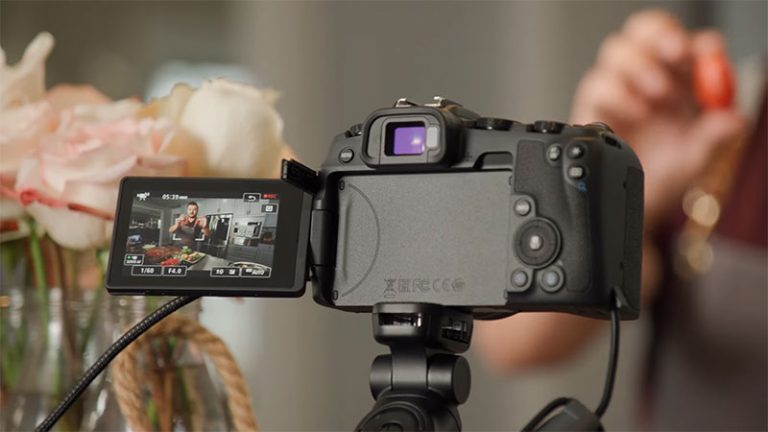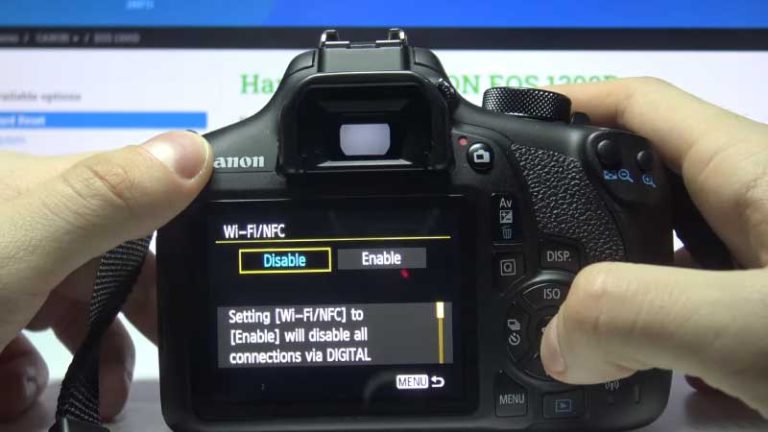How to set up slave flash canon
Are you worried about how to set up slave flash canon? There is no need to worry about it while I am here to advise you. Slave flashes are simply standalone flash units that respond to different kinds of external triggers. Use a set-up with more than one flash, such as one that illuminates the target with one flash and independently illuminates the background with another or more flashes.
Light is the source of many optical slave flashes. They have tiny sensors attached to them or built into them that can detect the light pulses from the other flash unit and turn it on. Here are specific actions that you need to take.
What do You need for Slave Flash Canon Setup?
There must now be a question in your head asking, “How to use slave flash for photography?” If your flash has a slave mode, you can set it to turn on when another Speedlight triggers it, for example.
You might need to switch your flash’s slave mode in a few different circumstances. When there aren’t enough flash detectors to turn on all of the flashes you’re trying to use at once, which is what happens most frequently.
Step 1: Setting Up the Receiver Unit
The sender unit is configured with sender flash OFF. The camera is also appropriately positioned for the subject with the sender unit attached and three reception units.
- Press the SEL/SET button on the sender device and choose “RATIO”
- To choose RATIO ON A: B, click the -> button.
- To choose RATIO ON A: B C, press the SEL/SET button once more.
- Simply click the SEL/SET button.
- To adjust the A: B flash ratio, press the + or – buttons.
- Simply click the SEL/SET button.
- Repress the SEL/SET button once more.
Repeat steps four to six then it has done.
Step 2: Connecting the Transmitter to the Camera
Many people are surprised to learn that although a plug-on transmitter is frequently used in professional settings, many portable wireless systems have the transmitter built into the microphone.
It plugs into the area of the mic where a microphone wire would typically be plugged in. Once fastened, it blends in discretely as a component of the mic and transmits its signal to the camera’s wireless receiver. Every time you see the newscast, keep a lookout. You won’t have to wait long to see a reporter using a connector transmitter while out and about.
The output of an internal cable in the boom pole in question is at the other end of the boom pole, where the connector transmitter will be attached. If the boom pole doesn’t have an internal cable, the operator will conduct a short microphone line from the shotgun and plug it into the plug-on transmitter.
The Audiophile Grade ATW-1800 line of plug-on transmitters and lavalier microphone systems are sold as a package. When purchasing a fixed-frequency system.
Read more How to Change Shutter Speed on Canon T7
Step 3: Mounting the Flash on a Stand
Putting the Tree Mount Together
Using the illustration above as a guide, put together the Basic Timber Mount Flash Stand from left to right. And through washers and eye bolts, thread a 1/4-20 3/4″ bolt. Use the 1/4 nut to secure, then tighten.
How to put the mount together ought to be rather obvious.
Setting up the Tree Mount
When you are installing mounts, you bring a drill. While you may be able to use force on already-existing tree cavities, installation is much simpler using a portable drill. Before mounting your flash on a tree, ensure it can handle the extra weight.
How to Mount Your Flash to a Tree
Because the 1/4-20 threaded mounts are widely used in the photography business, we have access to the full range of strobe/camera mounts. The attachments you use are shown in the following steps, but there are a lot more. You may mount your flash straight toward the Basic Timber Mount Flash Stand if it has a 1/4-20 mount.
Read more How To Put A Strap On A Canon Camera
Step 4: Adjust the Settings and Power Levels of Your Flash
By altering the distance between your flash and your subject, the flash’s power can be controlled in the most evident way possible. Less light will land on your topic the further the flash is distant. Unfortunately, there is a very significant drawback to this approach. The brightness of the light grows with distance. Light becomes less aesthetically pleasing and shadows get sharper. The only way to avoid this is to make the light source bigger, which is frequently challenging or unfeasible.
When you are proficient with flash, you can use off-camera flash to increase your knowledge and experience. But don’t start off by making things more difficult for yourself and confusing yourself.
Step 5: Trigger the Slaves with Your Built-in Flash or an External Flash
Most strobes have a basic light-based trigger that only sees flashes as triggers, which is how most of them work. Although very practical, this has certain drawbacks:
You’ve correctly determined that the sensor needs to be hit by an additional flash.
Photographers typically use a “pre-flash” with built-in flashes to determine how bright the actual flash should be. Typically, this will start a slave before the shutter ever opens. This issue can be recognized by the strobe going on while the image appears to be unaffected.
Your slave will not be paid when you take a picture since nearby photographers will activate it.
An external flash, also known as a hot-shoe mounted flash that isn’t directly mounted on your camera, or a strobe, which is a standalone can-shaped flash, can be activated using light, radio, or cable. Some options will be conventional, while others will call for additional hardware.
Troubleshooting tips for slave flash not firing properly
If your slave flash is not firing properly, there are a few troubleshooting tips that you can try to fix the issue.
First, make sure that your slave flash is turned on and that it is set to the correct mode. Some slave flashes have a “test” mode that allows you to test the flash to ensure that it is working properly.
Next, check the battery in your slave flash to make sure that it is charged and properly installed. If the battery is low or installed incorrectly, the flash may not fire properly.
If you are using a wireless flash trigger, make sure that it is set to the correct channel and that it is working properly. If the wireless trigger is not functioning correctly, the slave flash may not receive the signal to fire.
You can also try moving the slave flash closer to the camera to ensure that the flash is receiving a strong enough signal to fire. This is particularly important if you are using a wireless flash trigger.
If you are still having trouble getting your slave flash to fire properly, you may need to consult the user manual for your flash or contact the manufacturer for assistance.
FAQs
How do you set up a slave flash?
All you need to do is switch the “Mode” button on the rear of the flash to put your Speedlight in slave mode. The majority of flashes will operate similarly. With any Speedlight brand, you can utilize slave mode to operate it. The Speedlight simply detects a flash of light to activate itself.
How does slave flash work?
Every slave flash has a sensor built into it that detects the light emitted by another flash. That alone causes it to turn on the light. The fact that slave flashes are so simple to put up is their main advantage. Simply mount them on a light stand, set them down on a table, or hold them in your hands.
How do I sync my Canon camera’s flash?
Place the external flash inside the camera’s hot shoe. When everything has been installed completely, push the mounting foot locking lever to lock it in place. Turn on the camera’s power supply first, then the flash. Before you attach it to the hot shoe or remove it, turn the flash off.
What is master and slave mode in Flash?
An important feature of every strobe, light pack and flash unit made for the photo industry is the “slave” mode button. Essentially, it tells a flash unit to watch incoming light and fire when it detects the light from a “master” flash unit firing unit.
Final Thought
How to set up slave flash canon? Being able to control your light output as a photographer necessitates adaptable problem-solving, especially when there isn’t a chance to decrease or modify the raw output of a light being used. While only scratching the surface, this essay is meant to get your mind working so that you are prepared for almost any situation. Other straightforward methods include applying passive power gels to one’s light or even reflecting it onto a white surface rather than shining it directly on the subject.
Every opportunity should be taken to avoid using slave flash because, when used improperly, it could be dangerous. Because you can often get a good shot without using a flash, it’s best to pick a slave flash unit and attachments that will assist you to capture the image.

I am Terry E. Collin.
I have some top branded cameras, especially Canon R6, Canon EOS 60D and 70D, Nikon D700, Lumix G9, Lumix G85, and many more. I have been doing photography for 5 years with Top Brand cameras like Canon, Sony, Nikon, Panasonic, etc.
The purpose of creating this blog is to share my personal experience and expertise with most popular cameras.
Let’s share some of them one by one in this blog For FilmingLab Audience

